How to Build an App Like Clubhouse
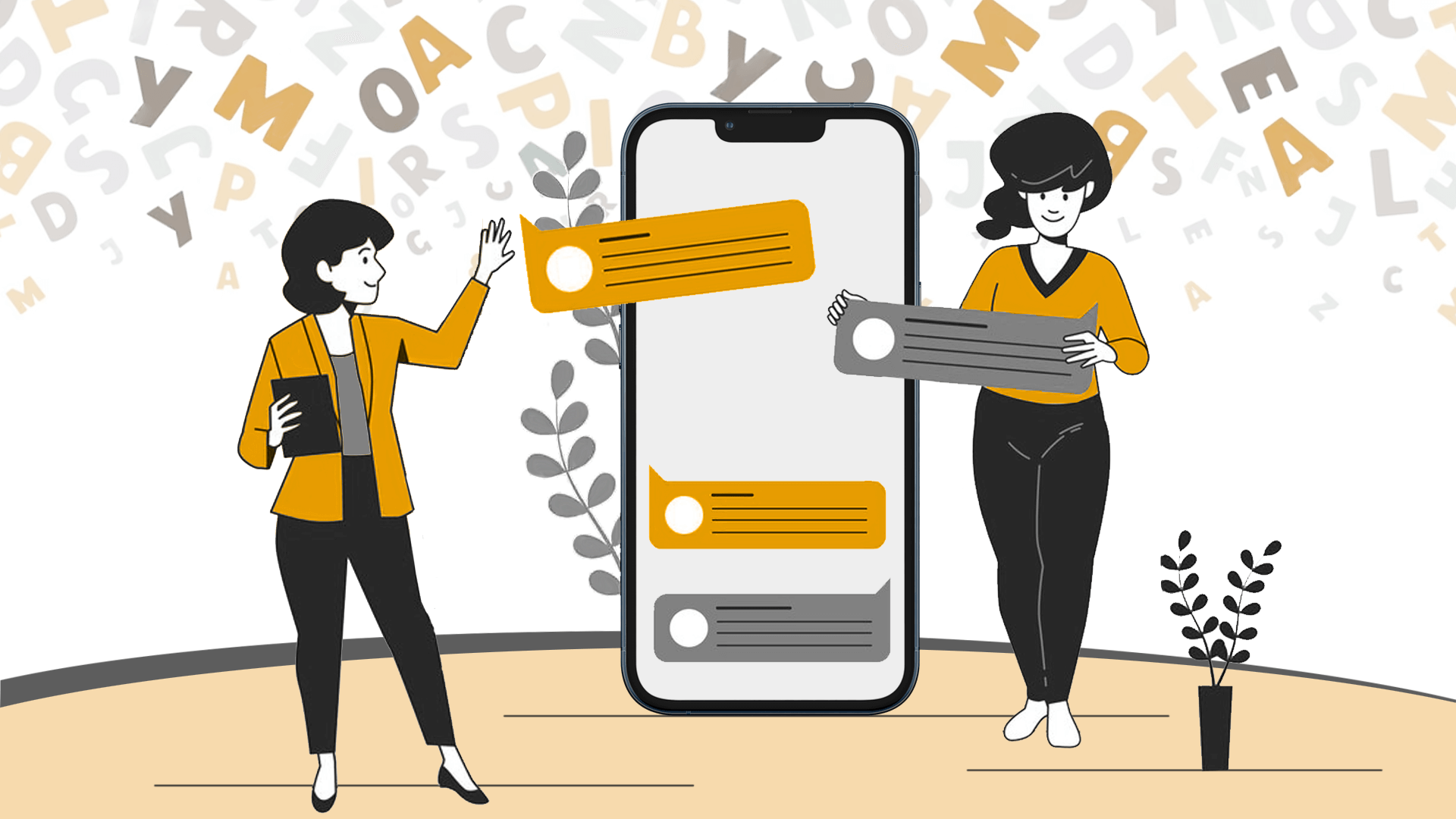
This represents an example of the ongoing transformation and change in the world of social media. Clubhouse presents users with an audio based platform of social interaction. The app has literally transformed communications across millions of people globally in addition to motivating aspiring software engineers in the world.
The newly introduced Clubhouse app which was first launched in 2020, has caught a lot of attention due to its uniqueness, being one of its kind, that is focused only on audio conversations. Due to its exclusivity and the timely nature of impromptu discussions, it quickly became popular among various players, including professionals in the field and ordinary readers. This has resulted in a huge desire by many to understand how the app works as it gains momentum.
In the development of the clubhouse app, there is more than code and technology. It's all about comprehending the social dynamics surrounding engagement, finding niches, and building a captivating audio experience. In this article, we will help you understand the complex process of application creation as you take steps towards a successful result.
Key Questions to be Addressed
- What does it take to get started in developing a Clubhouse app?
- What is the basis and what technologies are involved?
- There is a question of which budget is involved?
- Does Clubhouse follow any particular programming language?
In this paper we review across the Clubhouse model of operation with some key points about it. We will take you through the process of what would have happened from conceptualization to development so that you can realize your dreams. Demystification of cost considerations that you need to bear in mind before choosing language. We will also provide you with a deep insight into the app's development environment through case studies, problems, and solutions. Here comes a blueprint on how to develop an application following the footsteps of Clubhouse.
Understanding the Clubhouse Model
One of the first innovators of audial based social networking was Clubhouse that reinvented how users communicate digitally. In essence, this platform supports live talks supported by speech only. In virtual rooms they discuss thousands of issues starting with a work dialogue and ending with trivial gossip. This app’s interface is built around “rooms” wherein moderators facilitate discussions, and listeners may choose either to speak or listen silently.
The draw rests in its being exclusive and the naturalness and impromptu nature of the discussions. In comparison to other types of social networks, Clubhouse avoids distracting visuals, leaving them with nothing but speaking. The fleeting characteristic of the communications whereby once a discussion is over, it vanishes away creating an energetic aura of quickness and originality.
Success of Clubhouse further emphasizes this fascination of audio-related platforms that thrive among contemporary digital era. Voice communication is more intimate as distances don’t matter, but we share common grounds. The growing popularity of podcasts, audiobooks, etc. signals that there is audience acceptance of new media such as Clubhouse.
How to Create a Clubhouse-like App: Unleashing Your Vision
Creating a “Clubhouse-like” app is an art, which requires careful consideration of conceptualizations, technology, and deliberate development phase. Imagine that you are a creator of an exciting audioscape in which people share thoughts freely and comfortably. Now that we have our eyes open, let us see how one turns a vision into a reality.
Conceptualization and Planning: Crafting Your Audio Haven
Think about what your application is made of – what problem does it solve, who its users are, why it is special. Delve into the following steps:
- Identifying Your Target Audience: Picture the kind of society you would love to develop. Know what makes them tick, identify their personalities and ways of communication.
- Defining the Purpose and Niche: Make sure that you define in clear, measurable terms the aims of your app. Is it an online space of professionals, beginners, or maybe their combination? What niche do you target?
- Planning Key Features and Functionality: List down the essential components that make your product. Take into account live rooms, user profiles, control mechanisms, as well as any imaginative abilities you would like to introduce.
How to Develop an App like Clubhouse: 9 Key Steps
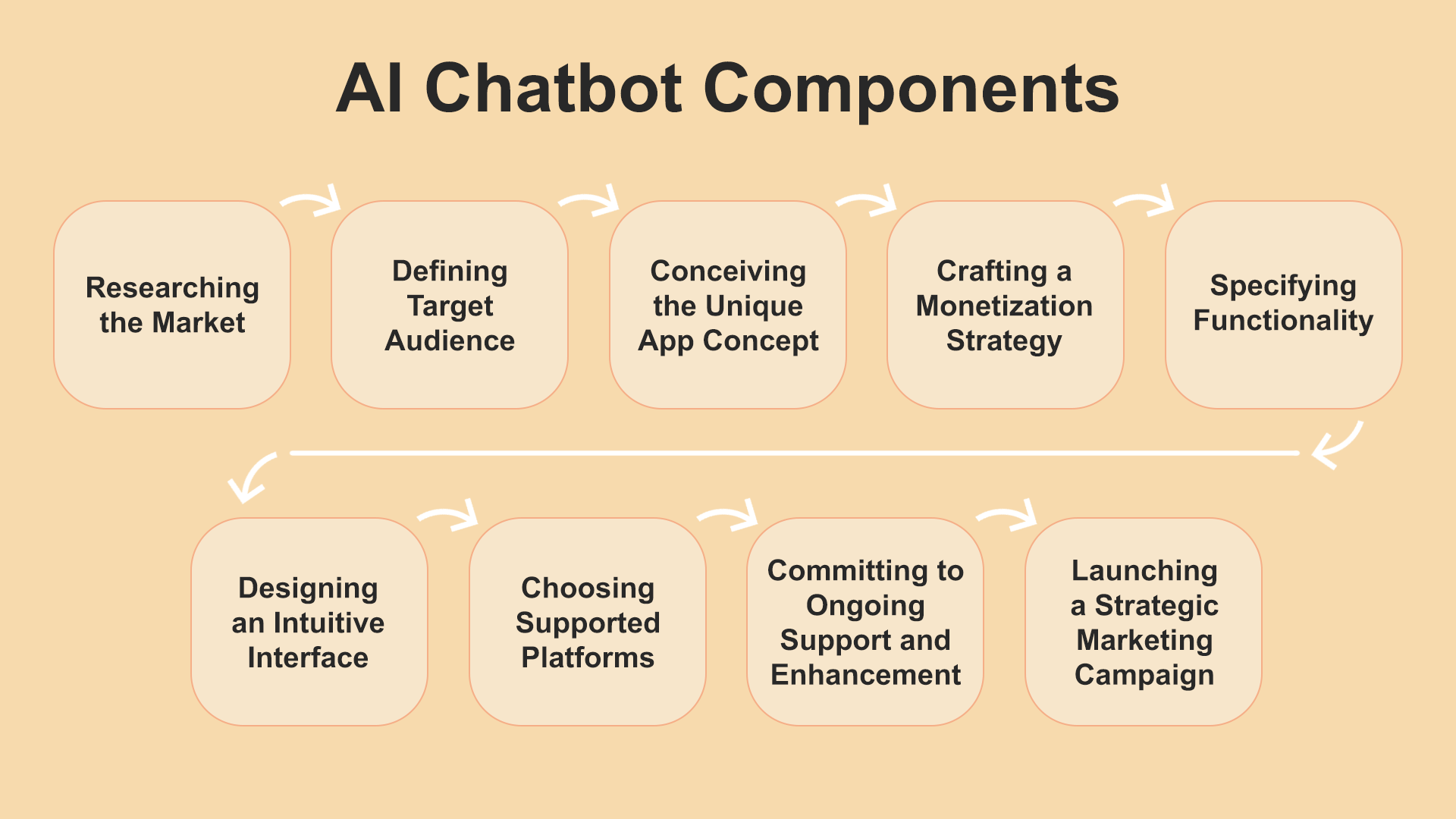
A majority of startups that seek to copy a thriving app always fail simply because they replicate functions. Truly, originality and innovativeness will lead to creating a real app as Clubhouse. Set your app apart on an audio social network competitive market through enhancing existing features, introducing novel functionalities, widening platform accessibility, and providing affordable plans.
1. Researching the Market
It’s vital to develop an understanding of the social-audio app landscape. Examine current offerings, assess consumer appetite and recognize rivals including, Watercooler, Facebook, as well Twitter competing in similar sound orientated realms.
2. Defining Target Audience
Establish your target audience and people who can relate to the clubhouse. Initially adored by the IT geeks, it is now popular amongst all social classes. Tailor your app through polls and A/ B testing to connect with your potential audience right from the beginning.
3. Conceiving the Unique App Concept
It is crucial to define the unique characteristics of your app. Making functionalities more suitable for a particular audience (like professionals, athletes, parents) will surely increase your application’s attraction just like how Uber’s exclusive ride sharing system is more appealing compared to other competitors.
4. Crafting a Monetization Strategy
In addition, look at different ways of earning money for your app – these may be in-app purchases, subscriptions, or ads.
5. Specifying Functionality
As Clubhouse did in its early days, start small. Add stickers, emoji and randomized conversation options gradually over time to increase user engagement with the system.
6. Designing an Intuitive Interface
Ensure that your design is simple and user-friendly. Hire experienced UX/UI designers and follow the industry’s best practices to ensure your app is easy to use with good appearance as top performing apps such as Tinder put heavy emphasis on quick user inputs.
7. Choosing Supported Platforms
For initial development, choose either iOS, Android or both. Look into the matter, try for other versions like the web to be accessed by many people.
8. Committing to Ongoing Support and Enhancement
Develop road maps for frequent upgrading and upscaling. Make sure you can update, or improve upon functions in an evolution of the app with your development team also.
9. Launching a Strategic Marketing Campaign
Use referral programs, influencer collaborations, paid ads, participation at events, engaging content on social media to propagate awareness and engagement among your target group with traditional and digital marketing solutions.
Setting out on the path towards establishing such an application as Clubhouse is a daunting task which requires well-thought-out preparation. This is our journey of exploring each phase and ultimately transforming your dream to life.
Cost to Develop an App like Clubhouse
The cost of building such an application as Club House will vary depending on how complex or simplified it is and in terms of functionality. Here's an approximate breakdown for development in Armenia:
- Simple Social Networking App
- Cost: Around $50,000 - $70,000
- Timeline: 3-6 months
- Developer Rate: $25 - $40 per hour (Armenia)
- Complex Social Media App
- Cost: $180,000 - $250,000
- Timeline: Over 9 months
- Developer Rate: $25 - $40 per hour (Armenia)
Factors Influencing Cost
The cost of creating an app like Clubhouse in Armenia is influenced by numerous factors which are peculiar.
1. Size and Location of IT Vendor
- The growing population of talented and affordable programmers in Armenia makes it a low-cost alternative for outsourcing.
2. Complexity of Functionality
- Complex features can be associated with saving in a competitive developer rate in Armenia.
3. Back-end Infrastructure and Connected APIs
- Investments in developing an efficient infrastructure should prove cost effective.
4. Complexity of UX/UI Design
- The designs are user friendly and easy to operate while being intuitive, and this is provided by Armenian designers who do so competitively.
5. Branded Visuals
- The logo development is cheaper because of the abundance of creativity in the country.
6. Development Approach and Number of Platforms
- They provide high quality and competitively priced native and hybrid applications developed in their home country, Armenia.
Why Consider Armenia for Outsourcing?
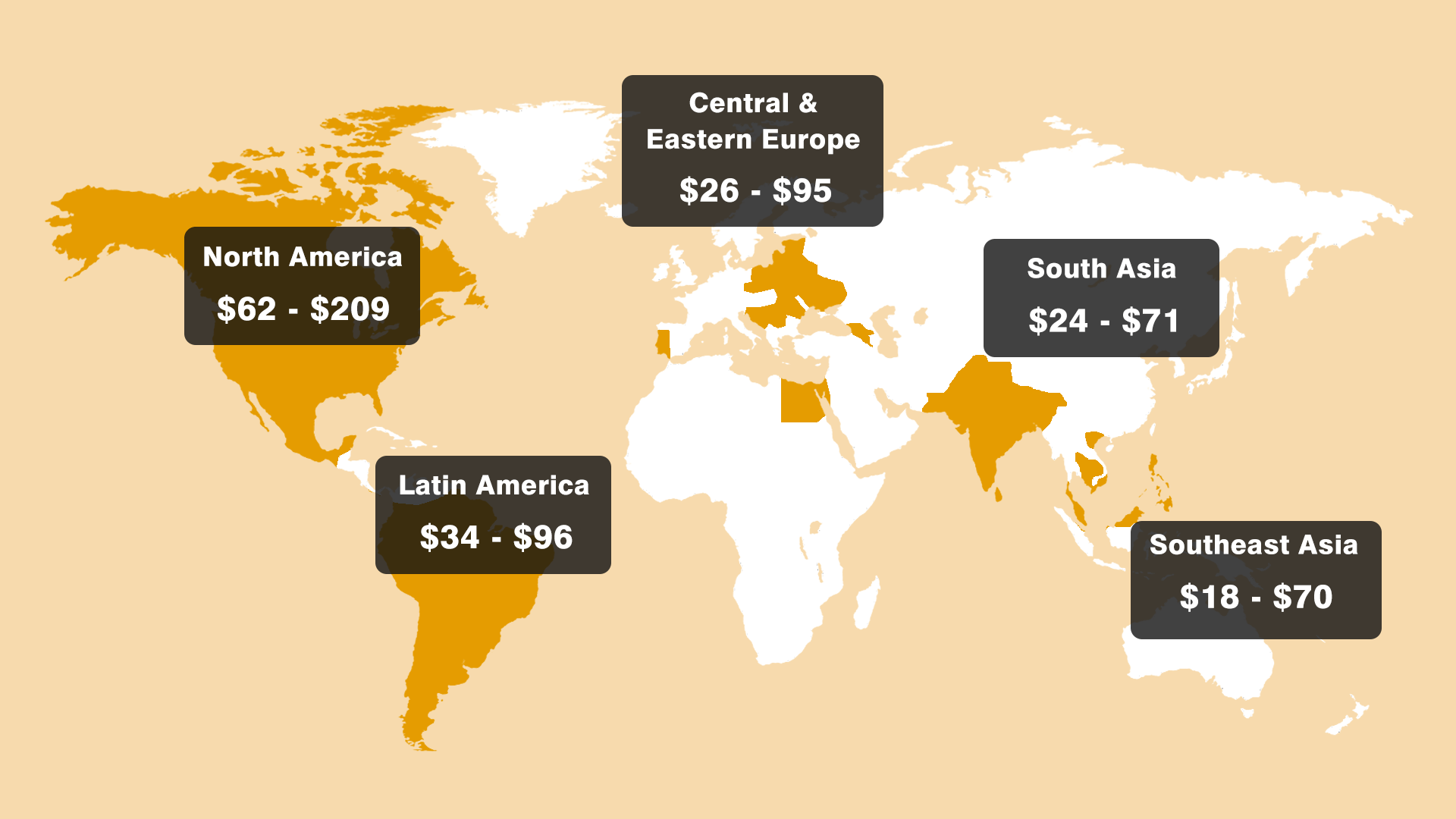
- Cost-Effective Development: The quality is never compromised but it is affordable for the developer charges in Armenia.
- Skilled Talent Pool: The country has an ever-expanding pool of competent developers and designers.
- Cultural Compatibility: The cultural similarities of Armenia helps in communicating efficiently as well as working together smoothly.
- Outsourcing Hub: In terms of cost-savings for project development Armenia is an emerging destination.
An appealing option for exploring the cost to develop a Clubhouse-like app is to outsource. Competitive rates coupled with highly talented people and a fast developing tech environment make Armenia the perfect place to develop an app.
Programming Language Used by Clubhouse: Unveiling the Tech Stack
Clubhouse, one of the recent sensations in the field of audio social networking, runs on a reliable technology stack that enables the delivery of this experience to users. Even though some nitty gritty about the stack might not be publicized, taking a close inspection of the app’s functions reveals what might probably be within the stack.
They comprise the programming languages and software that is used in building software, with a myriad of applications including web development, data processing or machine learning. In the technological environment your decisions point a way to a strong app. Here's the technologies that technologies that Clubhouse uses and that can bring your vision to life:
| Technology | Purpose |
|---|---|
| Django, JavaScript, Python | Backend development and server-side scripting |
| HTML5, CSS3 | Frontend development for a seamless user interface |
| Java, Kotlin, Swift, Objective-C | Mobile app development for Android and iOS platforms |
| Linux | Operating system for server deployment |
| RxSwift | Reactive programming for iOS development |
| PubNub | Real-time communication and chat features |
| NGINX | Web server for high-performance and scalability |
| Amazon Web Services (AWS) | Cloud services for storage, computing, and more |
| PostgreSQL, Redis | Databases for storing and managing data efficiently |
The choice of programming languages and frameworks that characterizes clubhouse are directly in line with its commitment towards flawless audio experience delivery. These include some alternatives that are, though, considered as a balanced and strategic blend of performance, flexibility, and users’ involvement in the stack. Your project specifications ought to shape your choice of alternative options.
Exploring Successful Audio-based Social Platforms
Discord
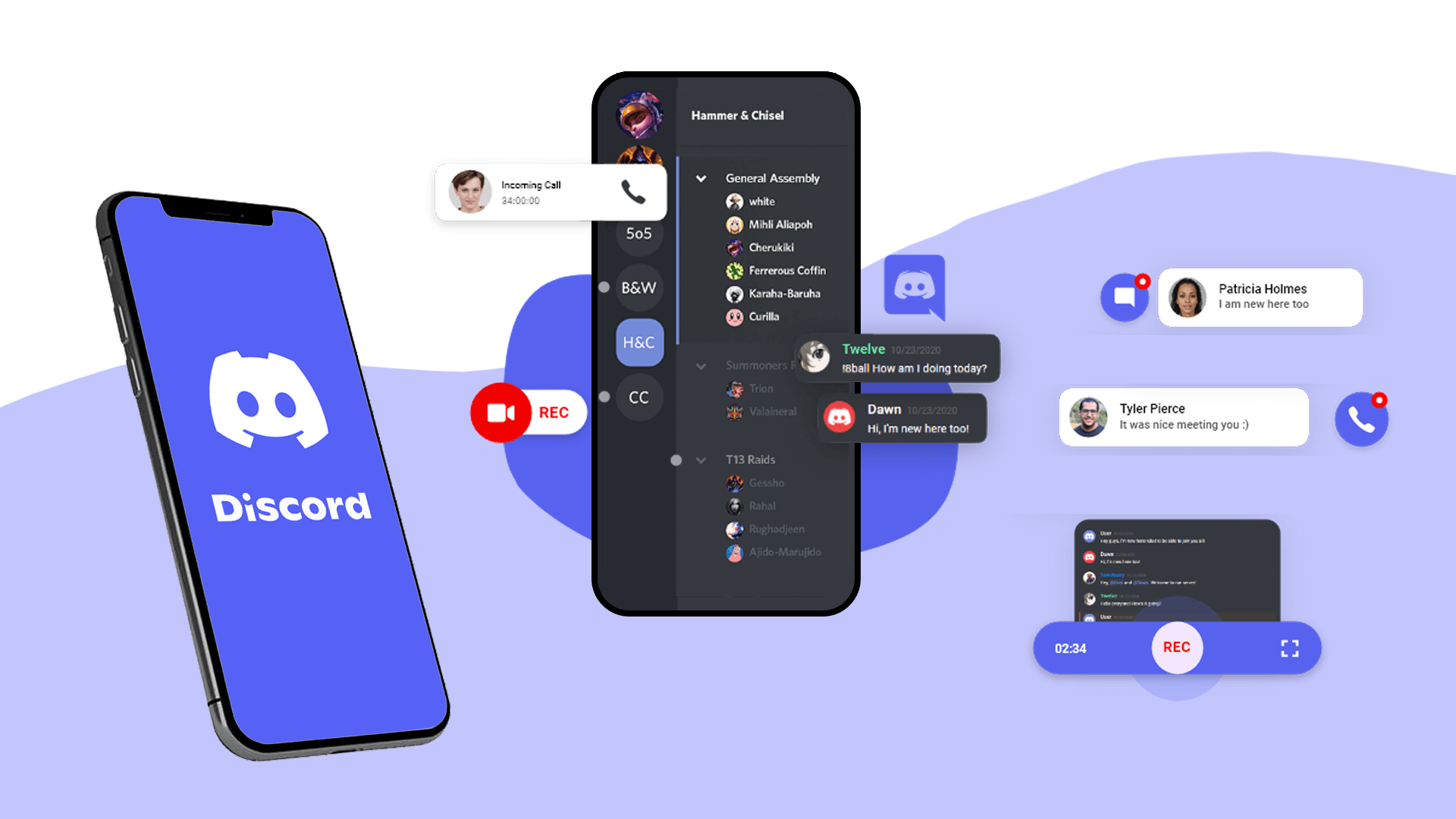
Discord was targeted at the gamer community; however, with time it turned into an audio-centric platform adaptable for a range of subcultures.
Success Insights
- Community Building: This is why Discord has become successful providing a broad community on the internet outside of gaming. It comes with voice channels, text chat, and strong moderation capabilities.
- Feature Expansion: Its broad acceptance was due to these feature enhancements that continually kept getting better like adding video calling and screen sharing.
- Emphasis on User Experience: Good user experience involves prioritizing an easy to use interface and user-friendly functions enhancing user involvement.
Lessons Learned
- Adaptability and Expansion: As users broaden their niche, the market evolves beyond its initial niches.
- Community-Centric Approach: Versatile features that build strong and united communities for long-term users.
X Spaces
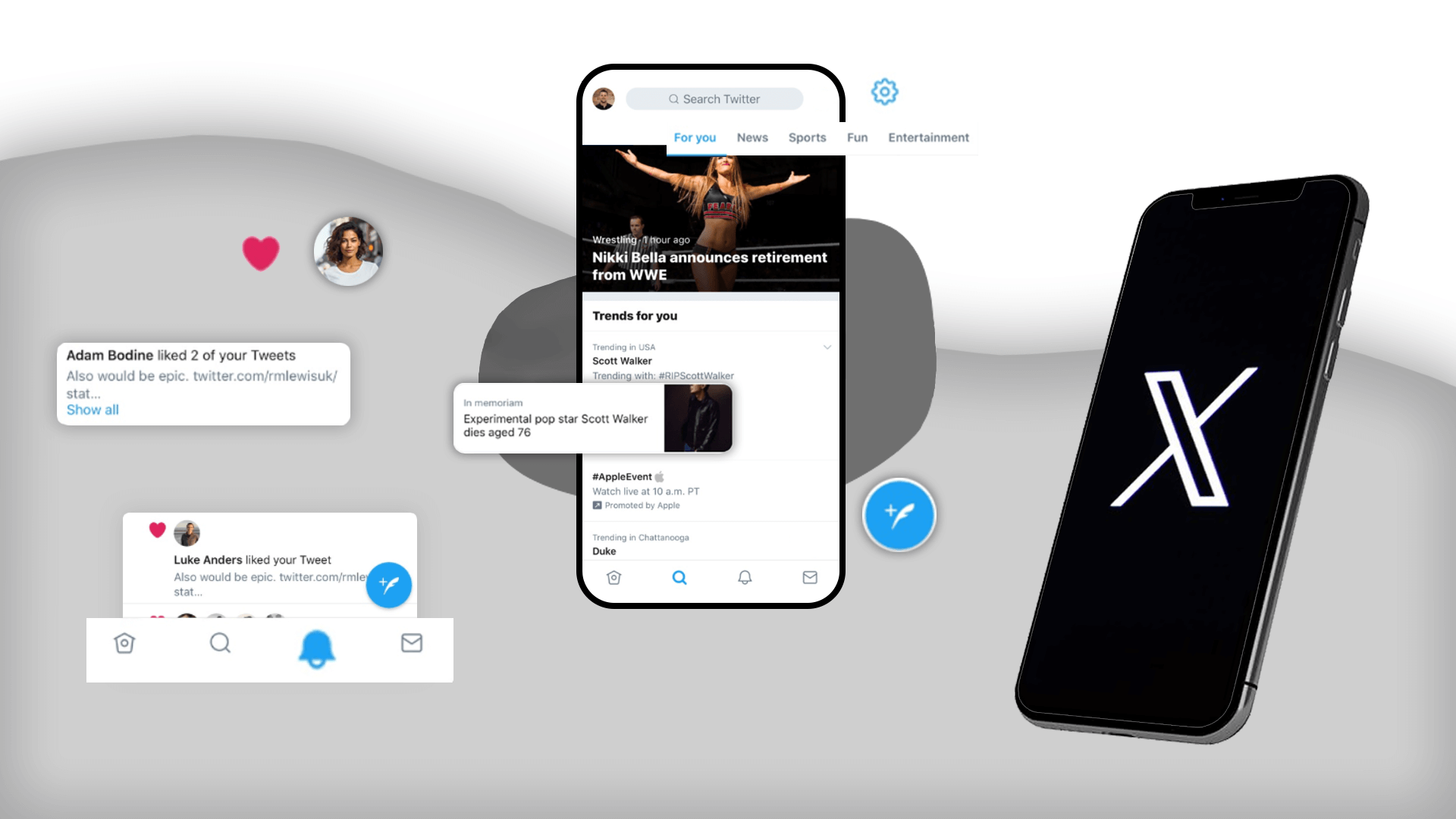
The X app contains X Spaces which is an audio-based function that allows people to join or start the talks.
Success Insights
- Integration within Existing Platform: The rapid success of Spaces was possible due to piggybacking on X users’ audience and their existing familiarization with the product.
- Accessibility: Users had easy access seamlessly within the X app, thus breaking down barriers to entry.
- Real-time Interaction: The real-time conversation is based on users’ desire for immediate interaction.
Lessons Learned
- Utilizing Existing User Base: The introduction of fresh elements to a well-established platform is an approach that could lead to accelerated adoption.
- Meeting User Preferences: Real time interactions are crucial for meeting the need of instant gratification.
Spotify Greenroom
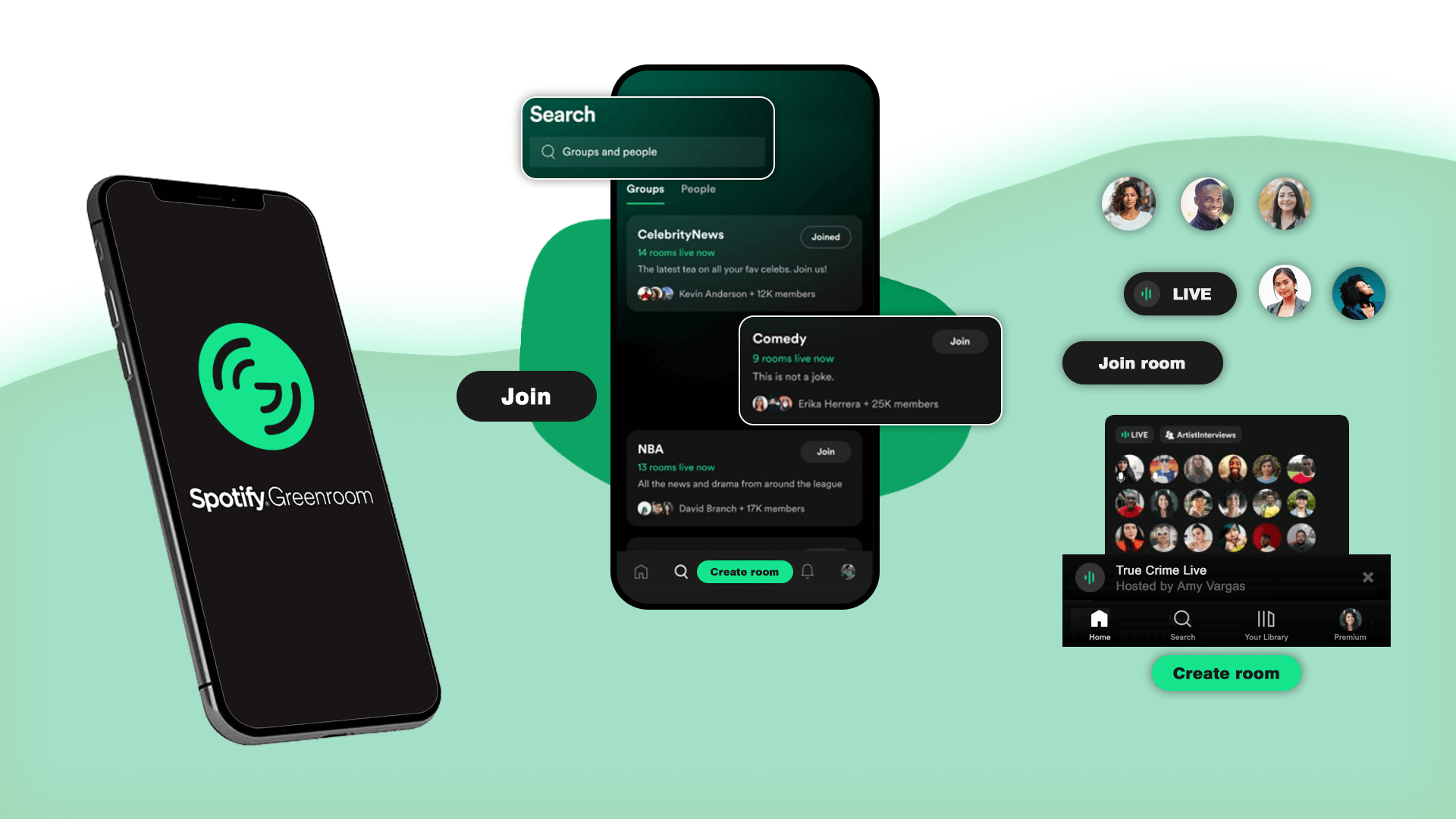
Spotify's Greenroom, which provides for live audio conversation and takes advantage of Spotify’s music streaming user base.
Success Insights
- Leveraging Existing User Base: Existing users were drawn into integration with Spotify’s music streaming service.
- Focused Community Building: Niche-specialized rooms, customized contents were also found in some interest groups.
- Monetization Opportunities: Avenues to explore for extending revenues might include tipping and ticketed shows.
Lessons Learned
- Leveraging Synergies: Using existing platforms with added audio features targets areas already developed.
- Community Tailoring: Individualized user experience based on different interests brings in users.
Key Takeaways and Best Practices
- Diverse Community Engagement: Through flexible features and relevant contents, promote multi-polar community participation.
- Integration and Accessibility: It is better to add audio functions on existing channels rather than developing new ones and cut across each other.
- Real-time Interaction: For real-time interaction and direct eavesdropping you need instant connectivity.
- Monetization Strategies: Find different sources of revenue. These forms complement income and stimulate development.
Understanding the success stories of audio-based social platforms like Discord, X Spaces, and Spotify Greenroom unveils key strategies: Features for apps like Clubhouse to succeed involve engagement in the community, integration into platforms and diverse sources of income.
Navigating Challenges in App Development: Solutions for Success
Common Challenges in App Development
Technical Challenges
- Diverse Platforms: Developing for iOS, Android and the Web is easier said than done.
- Scalability: With that app you can accelerate and never stop; with outgrowing it, there is no limit.
User Engagement and Retention
- User Onboarding: After they've downloaded, though, it is hard to hold onto users.
- Sustaining Interest: But getting the users interested in staying after adoption is an eternal headache.
Monetization Strategies
- Choosing the Right Model: The form of monetization should suit expectations from users.
- Balancing Revenue and User Experience: The highest possible revenue with the least interference in user experience.
Solutions and Recommendations
Addressing Technical Challenges
Cross-Platform Development
- Solution: Advance development for multiple platforms through cross-platform frameworks such as React Native and Flutter.
- Recommendation: Efficiency, consistency across platforms should be the goal of a shared codebase.
Scalability
- Solution: One approach may be to have a well-designed app matrix, using cloud services so that it can scale and yet bring costs under control.
- Recommendation: Keep an eye on the apps, and optimize their performance once ever-increasing loads begin to have an effect.
Strategies for Enhancing User Engagement
User Onboarding
- Solution: An intuitive, guided process to streamline onboarding.
- Recommendation: Use in-app tutorials and gradually reveal capabilities to minimize first complexity.
Sustaining Interest
- Solution: Add new features and updates in order to keep the user.
- Recommendation: User-generated content, forums and interactive features can foster a sense of community.
Exploring Effective Monetization Models
Choosing the Right Model
- Solution: Align monetization models with user preferences, research and understand your users.
- Recommendation: Business model This depends on the nature of your app and could be a mixture of, for example, freemiums; subscriptions; in-app purchases or ads.
Balancing Revenue and User Experience
- Solution: Choose non-obtrusive ad placements, and provide a smooth user experience.
- Recommendation: Prioritize user satisfaction and be looking forward to building a fan base. Long-term revenue derives from good experience.
Success in the development of an app requires technical skills, but also a user-oriented methodology. Equally important are sound business models. By overcoming technical obstacles, refining the user interface and establishing a monetization scheme that does not violate users' expectations about what they are paying for, app developers can produce an app of lasting value in today's environment.
Addevice's Case Study in Voice Cloning Translation
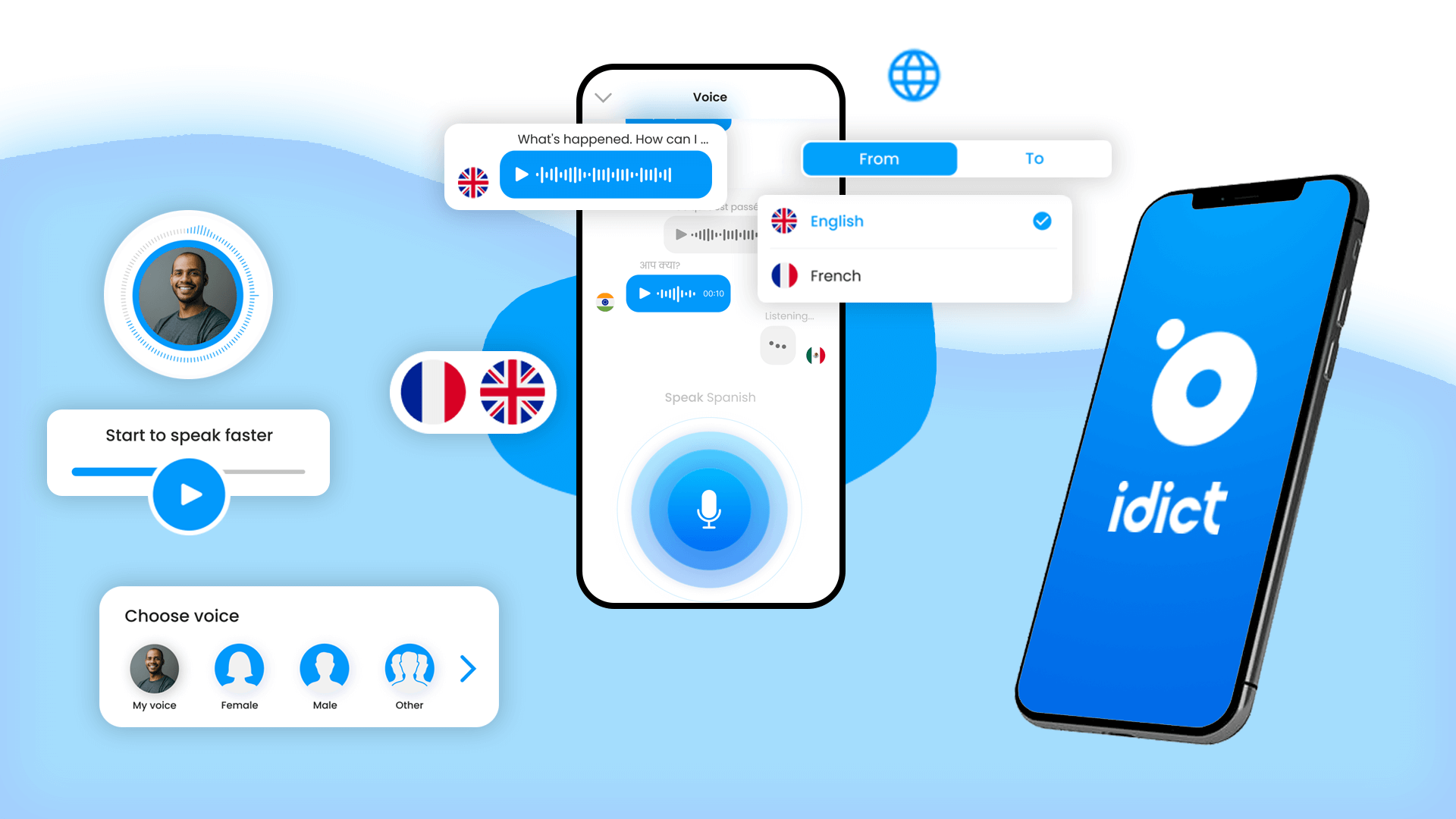
Not just an app, idict by Addevice is a language rewriting device that allows users to truly use their voices. This platform without equal is created to meet language needs and will change the way we speak around the world. What exactly makes idict, and what does this redefine the user experience?
Unique Features and Innovations
- Voice Cloning Translation
New ground is broken by idict, which integrates leading-edge voice cloning tech and allows users to translate in their own voices. This feature gives translations a more personal touch. It makes the interactions seem real and similar to each other.
- Real-time Language Adaptation
But idict does adapt translations in real-time, so there is no longer need for mechanical interpolating. One step further, instantaneous and continuous communication means that language obstacles seem almost non-existent.
- Customizable Voice Styles
In terms of customization, the idict takes it a step further by providing multiple voice styles that go beyond just another translation. And so instead of limiting themselves to the language styles appropriate for real people, users can choose whatever tone and style they feel fits them best.
Identifying Features that Distinguish Your App
- Human-like Pronunciation
Messages translated retain their natural, human-like pronunciation. What sets the app apart is that it provides translations which sound like they are spoken by a native speaker.
- Adaptable to Various Contexts
idict is capable of differentiating between various circumstances, and renders accurate translations in professional settings as well as casual or formal situations. This is what makes the app suitable for different scenarios.
User Experience Enhancements
- Intuitive User Interface
idict's interface is intuitive and user-friendly, making navigation easy. The UX design makes it easy for users to explore and interact with the app, generating even greater overall satisfaction and engagement.
- Smart Learning Algorithm
The app uses a smart-learning algorithm which refines translations in accordance with user feedback. Contemporary growth means that idict develops to correspond to user needs, still providing better and better performance.
Leveraging Trends and Emerging Technologies
- AI Integration for Contextual Understanding
idict exploits the trend of AI as applied to language processing toward comprehension. Translations placed in context improve the accuracy and relevance of communication for users.
- Voice Interface Integration
Voice interfaces complement the direction toward hands-free, natural communication. Voice commands make this a very intuitive experience. Users can communicate freely and easily.
idict provides concrete evidence of progress in the field of translation. Voice cloning, real-time adaptation and customized features make sure that the app not only overcomes language barriers but achieves a new level of personalization in communication. The combination of AI and voice interfaces offers a major presence on the leading edge, with global dialogue no longer restricted by differences in language.
Explore the next step in communication with idict. PlayStore and App Store links below:
Download on Play Store
Download on App Store
Conclusion: Paving Your Path to an Audio Revolution
We've looked into the conceptualization, technological intricacies and strategic considerations involved in building an app similar to Clubhouse on our quest of discovering how such an app is put together. Would-be programmers, welcome to the cutting edge. Here's what you need to know about this epic audio adventure.
Now you've got a panoramic view of the fundamental elements - understanding the Clubhouse model, deciphering the technology stack. These steps provide a guide, stressing the need for creativity and flexibility as well as putting users first.
Inspired by the prospects described in developing an app like Clubhouse? Addevice is your partner in transforming inspiration into innovation. Whether it's the next social audio hit or you just have some questions about building, we bring our development experience to your side.
Set out with courage. Please contact us for a custom consultation to meet your needs. Let's work together to make your dream a reality.
Your app development adventure awaits. Explore the endless possibilities Set stage for next audio-based social platform breakthrough Contact Addevice. Shaping the future of communication together.
Want to Develop a Social Audio App like Clubhouse?
Delve into the world of social audio apps with our expertise.
Our services encompass:
✅ Customized development solutions
✅ Dedicated teams for your project
✅ Building apps from inception to fruition
Table of contents
FAQ
Building a Clubhouse-like app is multi-faceted. First, define your unique strengths; design development process; determine suitable tech stack and prioritize user engagement. Seek advice from experienced app developers, define a clear direction and users to whom your completed app will appeal.
Equipment based on features, level of difficulty and location of the development team. Even a simple social networking app will cost at least US $60,000 and perhaps as much as US $230,000. The more precisely you define your app's scope, features and target audience the better sense of a correct cost estimate.
Clubhouse's technology stack is all over the map. The backend uses Django, a high-level Python web framework. For dynamic frontend interactions, JavaScript is used (particularly React.js). Swift is used to build iOS apps, whereas Kotlin for Android. These languages and frameworks are combined to create the app's smooth running.
Clubhouse is an audio-based social app that lets users participate in live group conversations. Because of its exclusive, invitation-only model and rich user base, it became popular. Despite the growing number of similar apps hitting the market, each app offers its specific features and user experience targeted at differing needs. Examples include X Spaces, Spotify Greenroom, and Discord.
 How Much Does It Cost to Build a Messaging App?
How Much Does It Cost to Build a Messaging App?
 How to Make a Social Media App: Development Guide 2024
How to Make a Social Media App: Development Guide 2024
 How to Create a Messaging Application from Scratch in 2024
How to Create a Messaging Application from Scratch in 2024